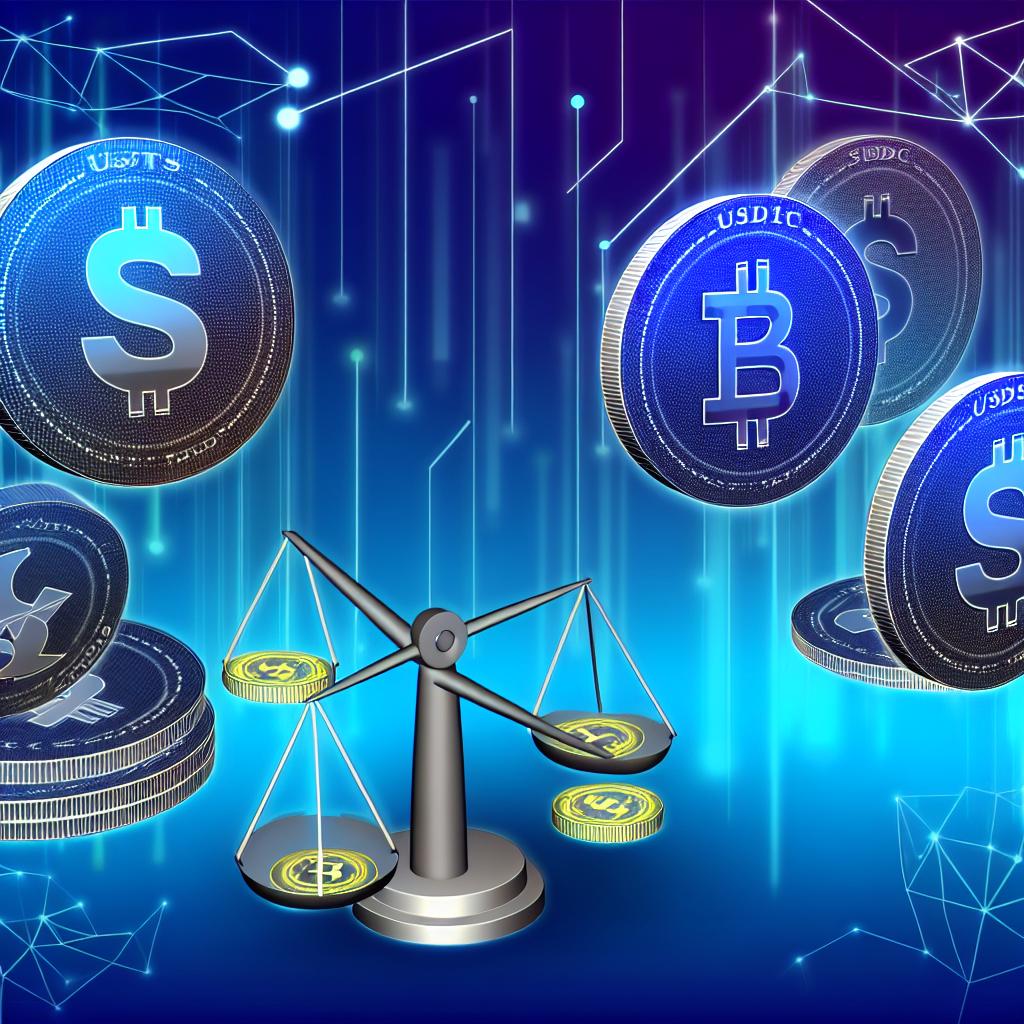The Role of Regulation in Cryptocurrency Markets
Cryptocurrency markets have emerged as a significant component of the global financial landscape, marked by their volatile nature and rapid evolution. These digital currencies have attracted the interest of both investors looking to capitalize on their potential and regulators aiming to safeguard financial stability and market integrity. As cryptocurrencies increasingly gain traction, the role of regulation becomes more pertinent, raising crucial discussions about how best to oversee these assets.
Understanding the Regulatory Landscape
The regulatory framework surrounding cryptocurrencies is inherently complex due to their decentralized and borderless characteristics. Countries around the world have adopted diverse approaches to regulation, reflecting their unique economic and political landscapes.
Diverse Global Approaches
In the United States, regulators have taken a cautious approach, focusing primarily on the classification of cryptocurrencies and the implementation of appropriate taxation measures. This method seeks to integrate cryptocurrencies into the existing financial system while ensuring compliance with anti-money laundering (AML) and know-your-customer (KYC) requirements. Regulatory bodies like the Securities and Exchange Commission (SEC) play a pivotal role in determining whether certain tokens qualify as securities, subjecting them to specific regulatory standards.
In contrast, Europe is working towards creating more comprehensive regulatory frameworks. The European Union has proposed legislations such as the Markets in Crypto-Assets (MiCA) regulation, which aims to harmonize the regulation of crypto-assets across member states. This approach seeks to protect investors while promoting financial innovation within the cryptocurrency sector, recognizing the potential of blockchain technology to transform various industries.
Protecting Investors
One of the primary objectives of regulating cryptocurrency markets is to offer protection to investors, as these markets have been susceptible to various forms of exploitation.
Reducing Fraud and Manipulation
Cryptocurrencies have been associated with scams, fraudulent initial coin offerings (ICOs), and hacking incidents. Regulatory measures can play a critical role in minimizing such fraudulent activities by setting robust standards for transparency and accountability. For instance, exchanges and digital asset projects might be mandated to meet rigorous criteria and regulatory compliance before they can offer services or launch tokens to the public. By enforcing such standards, regulators can create a safer environment that deters unscrupulous actors.
Improving Market Stability
Regulatory oversight is also instrumental in reducing the potential for market manipulation, which is crucial for ensuring a stable trading environment. Cryptocurrencies are often subject to massive price swings triggered by rumors or unverified information. By implementing measures to detect and prevent manipulative practices like pump-and-dump schemes, regulators can help mitigate extreme volatility, fostering a more predictable and reliable market for investors.
Facilitating Innovation
Despite concerns from some quarters that regulation might hamper innovation, it is essential to recognize that well-crafted regulations can facilitate and enhance innovation within the cryptocurrency space.
Creating a Safe Environment for Development
Proper regulation can create a safe and level playing field for developers, investors, and consumers alike. When legitimate businesses operate openly and transparently within a regulated framework, this can attract more participants to the market, fostering a vibrant crypto ecosystem. Regulations that establish clear guidelines and encourage responsible innovation can pave the way for the development of new financial products and services, increasing the utility and acceptance of cryptocurrencies.
Challenges in Cryptocurrency Regulation
While the benefits of regulation are evident, the endeavor of regulating cryptocurrency markets is not without its challenges, largely due to the underlying nature of these digital assets.
Jurisdictional Issues
Cryptocurrencies inherently operate on a global scale, often disregarding national borders and jurisdictions. This global nature complicates regulatory efforts, necessitating international cooperation and consensus. Differences in regulatory frameworks across countries can lead to regulatory arbitrage, where businesses locate themselves in jurisdictions with more favorable regulations. Achieving a harmonious international regulatory approach requires collaboration and negotiation among nations, a task that is both complex and time-consuming.
Technological Complexity
The blockchain technology underpinning cryptocurrencies is rapidly evolving and technologically complex. Regulators must stay informed and updated about these advancements, necessitating significant resources and expertise. Ensuring that regulations remain relevant and effective in the face of continual innovation is an ongoing challenge. Additionally, the technical intricacies of blockchain and related technologies require regulators to possess a deep understanding, often necessitating the development and training of specialized personnel.
Conclusion
The impact of regulation on cryptocurrency markets is undeniably multifaceted. While regulation is essential for safeguarding investors and promoting market stability, it also poses challenges that need to be addressed carefully to avoid stifling innovation. As the cryptocurrency sector continues to mature and evolve, finding a balanced regulatory approach will be crucial to its long-term success. Effective regulation should aim to protect market participants while nurturing the pioneering spirit of the cryptocurrency industry, ensuring it can contribute positively to the broader financial ecosystem. The future of cryptocurrency markets will likely be shaped by how regulators and industry stakeholders can work together to build a robust, transparent, and dynamic financial landscape.
This article was last updated on: June 5, 2025



